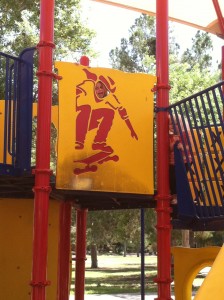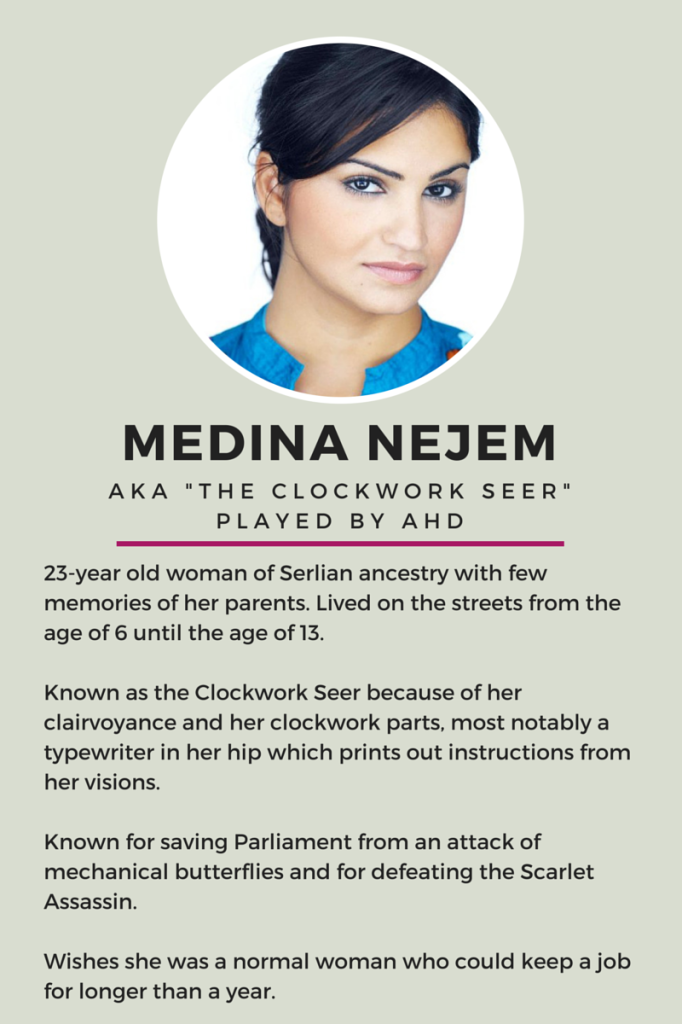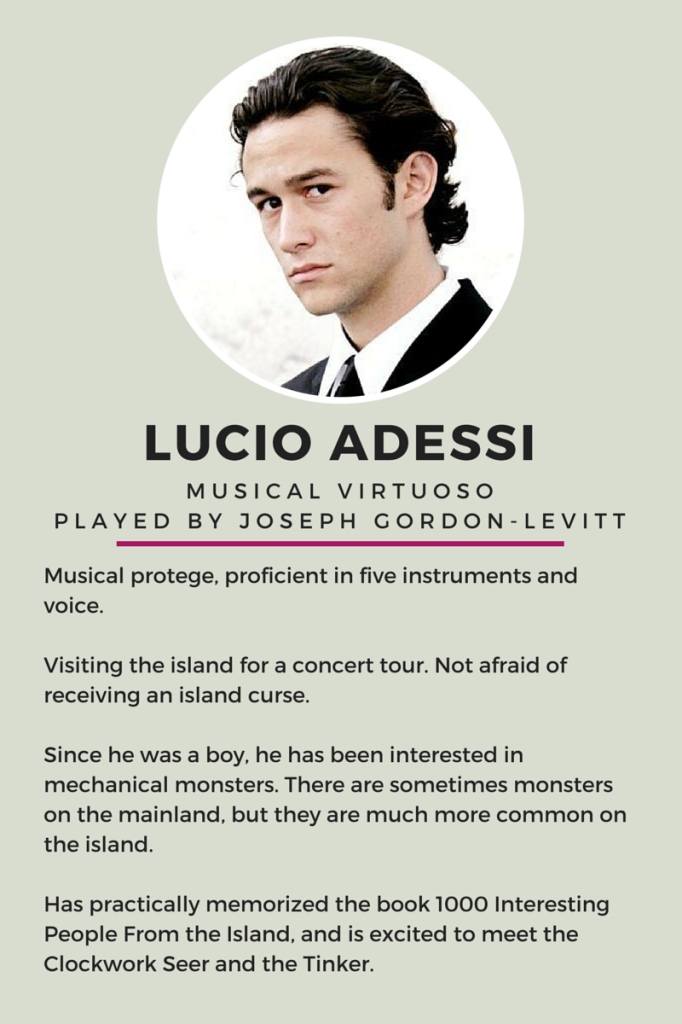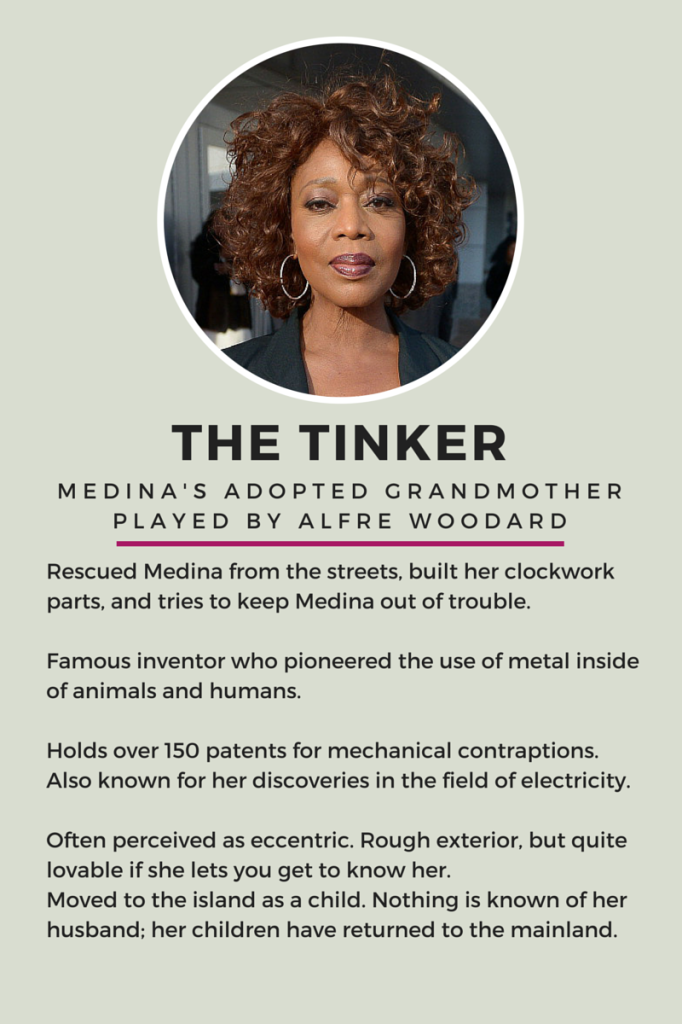“The Last Bathroom” in Defenestration Magazine

I have a new short story that was recently published. It’s called “The Last Bathroom” and it’s a superhero comedy involving extraterrestrial bugs, the end of the world, and a search for the perfect restroom. You can read it online in the August 2016 issue of Defenestration.
Dreamcasting “The Last Bathroom”
If “The Last Bathroom” were made into a movie (and for all you Hollywood producers out there, I’m willing to sell you film rights!) then it would need some pretty incredible actresses.
For the role of Quintessence, I picture Leslie Jones (image from Ghostbusters).
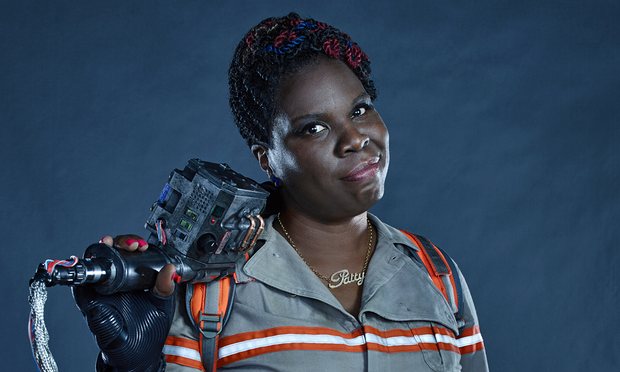
For Hoshi, I’m thinking Rila Fukushima (clip of her as Yukio in The Wolverine).
Background to the Story
There are spoilers to the story in this section, so if you haven’t already, go read “The Last Bathroom” and come back.
The seed of this story has been sitting in my mind for years, but I never thought of it as a story idea. I was simply bothered and/or amused by the verbiage on paper towel dispenser. Because seriously–two hands only? Emergency feed?
Then last summer I ran into one of those paper towel dispensers at a hardware store and I realized it had been quite a while since I’d seen one. I wondered if there was some sort of true emergency that could actually requiring turning the side knob.
Fast forward to last November. I was poring through baby name lists with my husband. We stumbled across the name Quintessence and I loved it–I thought it would be the perfect superhero name. I could already visually picture her in my head: a strong (both emotionally and physically) African American woman in her forties or fifties, saving the day. But I didn’t know what her story was.
I thought maybe she worked for the Drug Enforcement Agency as an undercover agent in Europe (I pictured her flying around in helicopters and infiltrating meetings) so I read a memoir from a retired DEA agent, but it didn’t quite work for me. And then I realized I still wanted to write a paper towel story and that maybe that was the right place for Quintessence.
But I still needed a disaster that would cause an emergency. I didn’t want a singular bad guy–I was interested more in a force of nature antagonist. And then I remembered reading about locusts in a book on medieval pest control and realized that extraterrestrial locusts would be perfect for the story. When I started writing I didn’t consciously decide it was going to be humorous, but that’s what inevitably happens when you add a bathroom quest to a superhero plot.
I wrote the first draft in a couple of days because I needed something to bring to one of my writing groups. Subsequently it went through a lot of drafts, each time getting a little bit better.
Frequently Asked Question: Why isn’t this a longer story?
My writing group tried to convince me to turn this into a novel. Other readers expressed wanting “more.” And a few of my friends proposed that I write a short story collection in the same world, featuring others with the same powers.
At this moment in time, I have no plans to continue in this story world. I am intentionally evil–I love writing short stories that are complete in and of themselves, and yet imply a much bigger world with so many other stories in it. And maybe I will come back to it some day. But for the time being, you’re welcome to imagine the possibilities.


